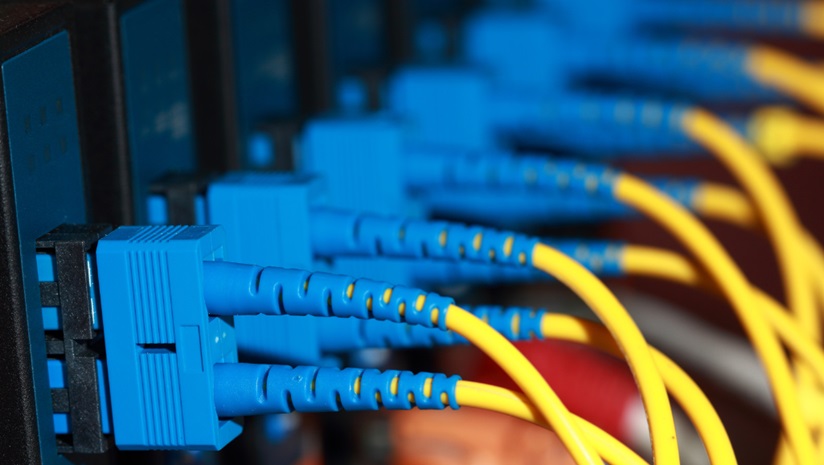How Fiber Optic Cabling Enhances Network Performance and Reliability

In today’s fast-paced digital world, reliable and efficient network performance is crucial for businesses. One technology that has significantly improved connectivity is fiber optic cabling. Unlike traditional copper cables, fiber optics use light signals to transmit data, which results in faster and more reliable communication. This upgrade in technology makes fiber optic cabling installation an essential step for businesses seeking to enhance their network infrastructure.
What Makes Fiber Optic Cabling Superior?
Fiber optic cables offer several advantages over copper wiring. First and foremost, they are capable of transmitting data over much longer distances without degradation in signal quality. Additionally, they offer higher bandwidth, allowing businesses to handle more data at faster speeds. This performance boost can be critical for companies that rely on cloud-based services, large-scale data transfers, and video conferencing.
For those wondering how long fiber optic internet installation takes for your business, read this article. However, the benefits are well worth the wait, as fiber optic systems provide superior performance over conventional cabling methods.
Enhancing Network Performance
When it comes to network performance, speed and reliability are at the top of every business’s priority list. Fiber optics significantly reduce latency, which is the delay experienced during data transmission. This feature is especially important for applications that require real-time communication, such as online gaming, video streaming, and VoIP services.
In addition to lower latency, fiber optic cables are highly resistant to electromagnetic interference, which can disrupt signal quality in traditional cabling. This ensures that businesses can maintain consistent, high-quality data transmissions, even in environments with high levels of electrical noise.
The Reliability of Fiber Optic Cabling
Reliability is another key factor that makes fiber optic cabling a game-changer. Fiber optic systems are less prone to physical damage compared to copper wiring, as the cables are made of glass or plastic, which does not conduct electricity. This makes fiber optics a safer option in areas prone to lightning or electrical surges. Furthermore, fiber optic networks tend to have longer lifespans, reducing the need for frequent maintenance and replacements.
Also read: Is Fiber Internet Better than Wi-Fi?
Conclusion
Incorporating fiber optic cabling into your business’s network infrastructure is an investment that pays off through enhanced speed, improved reliability, and reduced interference. With the rapid evolution of technology, opting for fiber optics ensures that your network can meet the growing demands of modern business applications. Whether you’re upgrading your existing system or installing a new one, fiber optic cabling provides the foundation for a more efficient and reliable network, supporting the long-term success of your operations.
Frequently Asked Questions
1. How long does it take to install fiber optic cabling?
The duration of a fiber optic installation depends on factors like the size of the facility and the complexity of the network. However, most installations are completed within a few days to a week.
2. Can fiber optic cables be damaged by weather?
Unlike copper cables, fiber optic cables are not affected by weather conditions like rain, lightning, or electrical surges, making them more reliable in extreme conditions.
3. Is fiber optic cabling more expensive than copper?
While fiber optic cabling tends to have a higher initial cost than copper, the long-term benefits, such as lower maintenance costs and higher performance, make it a cost-effective solution over time.














